What to write in your lecture notes
There are so many firsts at college, and one of them is lectures. Here’s how to get more from them through smart note taking.
 4 min read
4 min read
 Published: 23 Feb 2022
Published: 23 Feb 2022
 Luke Garbutt
Luke Garbutt
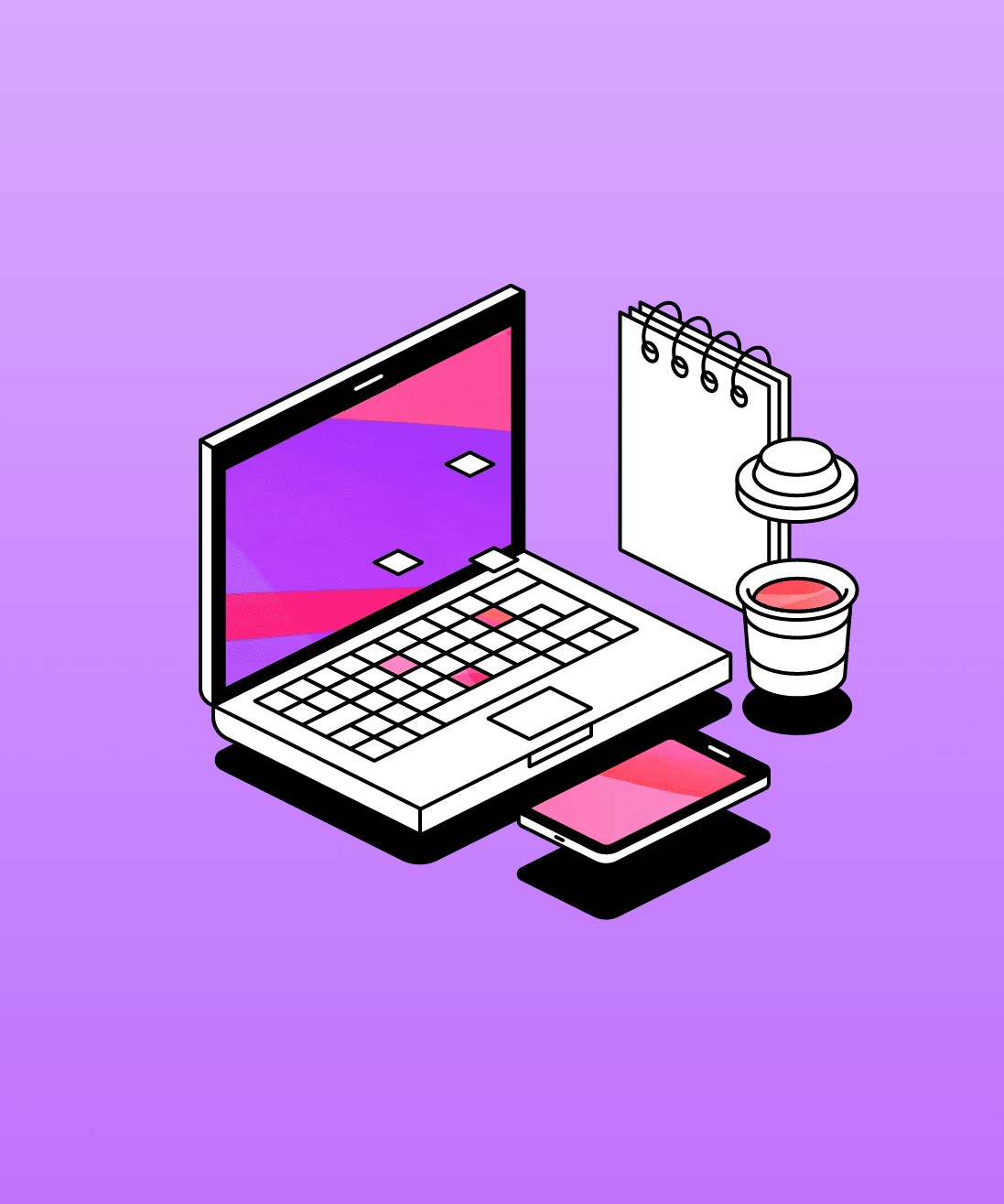
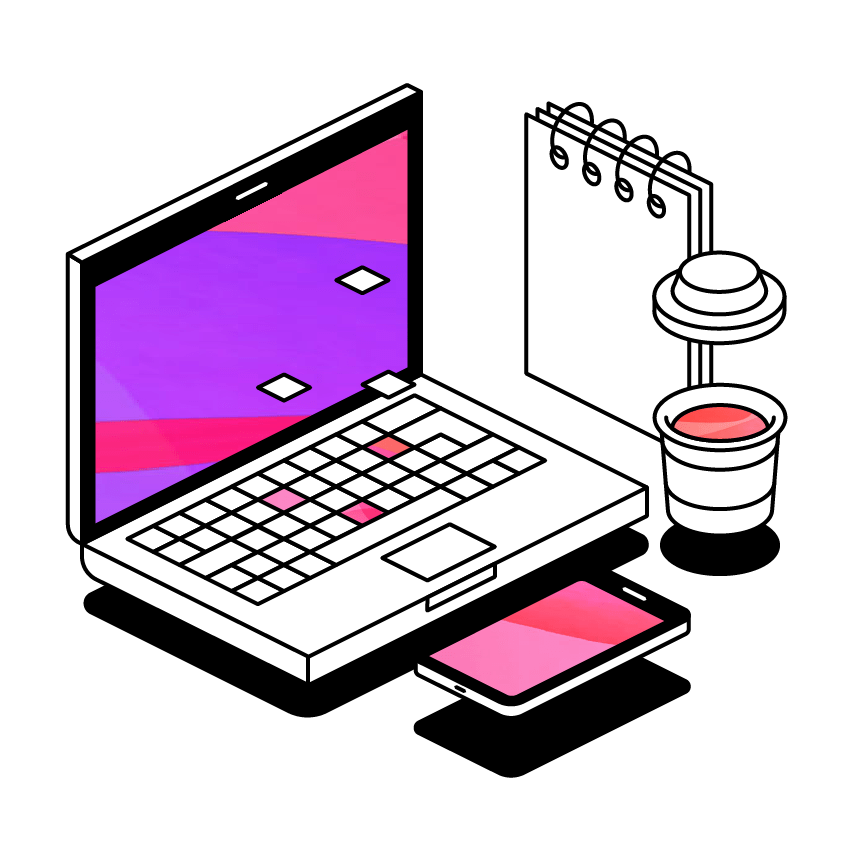
Hands up if you struggle in lectures 🙋
Getting through college isn’t easy. Part of the challenge is getting the most from lectures. For some students, it can be a real struggle. Why is that?
Hands up if you’ve had study skills training 🙍
Most students go into their first lecture unprepared for what’s about to happen. Study skills training for college (such as guidance on note taking and time management) is rare and inconsistent, throwing students into the deep end from the beginning.
Learning from lectures is a real skill and takes time to master. So it’s okay to admit that how we learn might need some work.
We want to give you an effective, easy process to help you learn and achieve more from your lectures. It could make the difference for your college career.
The problem with lectures
Your main job when you listen to a lecture is to capture as much of that content as possible for later. If you don’t take a key point away from the lesson, there’s only a 5% chance you’ll remember it for a test. The problem?
The average word-per-minute count for a college lecture is somewhere between 125 and 150.
The average writing speed? 40-50 words per minute. That’s a big gap.
Some students fill this gap with a simple recording, only to have a 1 hour block of audio to review later. Others give up on trying to preserve their lectures for later and try to listen as intently as possible, leaving them with very little to look over when the lecture is done.
Capturing information is tough when you don’t have the tools or skills to do it properly. Thankfully, we have a solution.
The antidote to information overload
So what if capturing info wasn’t a problem anymore?
Glean captures everything you need from lectures, so you can focus on your learning. This video explains how.
An easy, effective process for learning
At the heart of Glean is a simple 4-step learning process. By following these steps, you’ll be well set for your tests and assignments.
- Capture
Gathering information from class
- Organise
Putting that information to order
- Refine
Making this information useful
- Integrate
Using this information in your studying.
In this post, we’ll focus on the Capture stage.
With Glean taking care of all the information from the speaker, what do you need to get down for later? You’ve just unlocked an ability many learners don’t have.
Making learning personal
Some students don’t jot down their thoughts in class because they’re spending all their time simply trying to capture information. This is a mistake. Your thoughts are definitely worth preserving.
Despite feeling like one-way exchanges of info, all lectures are interactive. While listening to the speaker’s words, you’re having your own, personal interaction with the material. This interaction is hugely important for your learning.
So how do you make the most of that exchange?
Here’s some guidance on what thoughts you should take note of to help your learning.
What to capture
You’re in a new class and you want to get as much from it as you can for a test coming up later in the semester.
When writing notes in your lectures, you should...
- React
How do you relate to what you’ve just heard? Is there anything here that feels significant? Are you sure you’ve understood it?
Your initial reaction has real value for your learning, as it will help you create better connections between yourself and the content.
- Respond
What connections can you make between this new info and what you already know? What questions does it provoke?
How you respond to new information helps you understand where it fits with the bigger picture. Capturing that response will help you fine-tune later on. Keep this limited to simple ideas and questions.
- Record
What are the key ‘facts’ here? Any figures, sources or dates you need to remember? There’s a good chance this stuff will appear on the test, so make sure you get it!
Go after the ‘primary’ pieces of information - those key facts you’ll need to refer to afterwards. This creates a solid foundation to work from later.
a word from someone here about capturing material
If you’re new to the course or new to college, you might need a bit of help to identify what to note down. This leads us on to our next key thought...
How do you identify important points from a lecture?
It’s a good question, especially if you struggle with note taking.
Every class is unique and will have different information you’ll need to remember. But every lecture will also contain certain words or phrases that will let you know an important point is coming up.
Make sure you listen out for these ‘lecture cues’ if you’re unsure about what you should pay special attention to.
We’ve listed a few examples below:
- ‘So,’
- ‘To sum up’
- ‘What I’d like to discuss is’
- ‘We’re going to go over…’
- ‘There are three main points…’
- ‘A good example of this is…’
Each of these cues is used for a different purpose. Whether the speaker is about to sum up a section, introduce a new point or give you a new way to imagine the previous point, listening out for these cues will help you structure your notes with useful information.
You might also want to pay attention to non-verbal cues, such as
- The professor gesturing toward a point on the screen behind them
- Emphasising words through action, like tapping the lectern
- Changing the presentation slide
- A change in their vocal delivery, such as speaking a certain point more slowly or with more volume.
If you’d like more information on lecture cues, this article is very helpful. It gives you a detailed look at transition cues, important phrases to listen for, and a structure to help you understand how information is given in lectures.
Writing these points
Once you know what kinds of points to note down and how to identify them, it’s useful to know how a good note looks.
A point has a start, middle and end. This is how you should structure your thoughts on a point, too.
At first you’ll focus on ‘recording’ the key, primary points from a lecture. Then, you’ll want to add some more detail, including secondary points, examples, and your own thoughts on what you've heard. Don’t worry about doing this in the class. With Glean, you can spend some time after class putting this together.
To do this, we’ve got a couple of extra steps to show you.
Getting organized
After capturing material from class, it’s time to get organized. Part of this is getting all this fresh information into its proper place. And it’ll help you make this material incredibly useful for study.
Written by Luke Garbutt

More from Better Learning
View All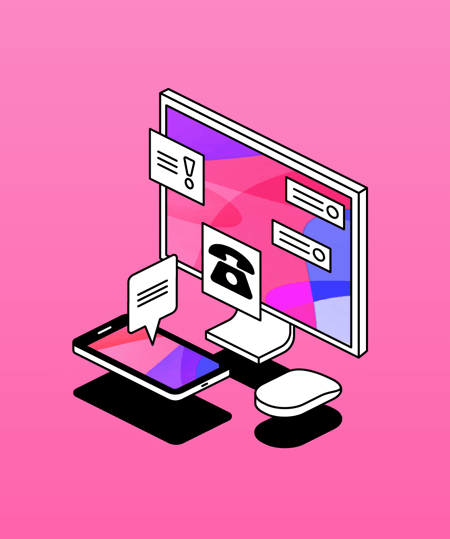
 4 min read
4 min read
Studying with ADHD: strategies for success
Staying focused while studying is a challenge for everyone, but it’s especially hard for those with attention-deficit/hyperactivity disorder (ADHD).
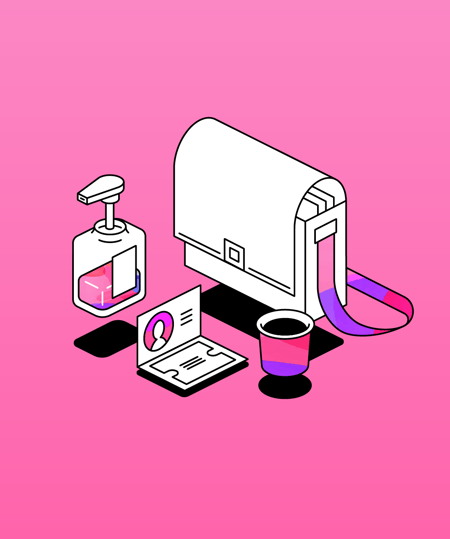
 4 min read
4 min read
10 ways to reduce anxiety after the winter break
Are you feeling anxious about going back to school or college after the winter break? Start doing these top ten tips straight away!
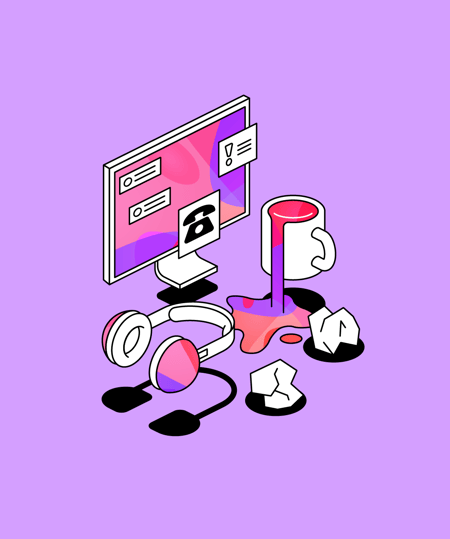
 4 min read
4 min read
How to stop feeling overwhelmed as a student
Students can feel overwhelmed during their studies, including causes such as homework, exams, and essays. Here are our top tips to alleviate this feeling.





